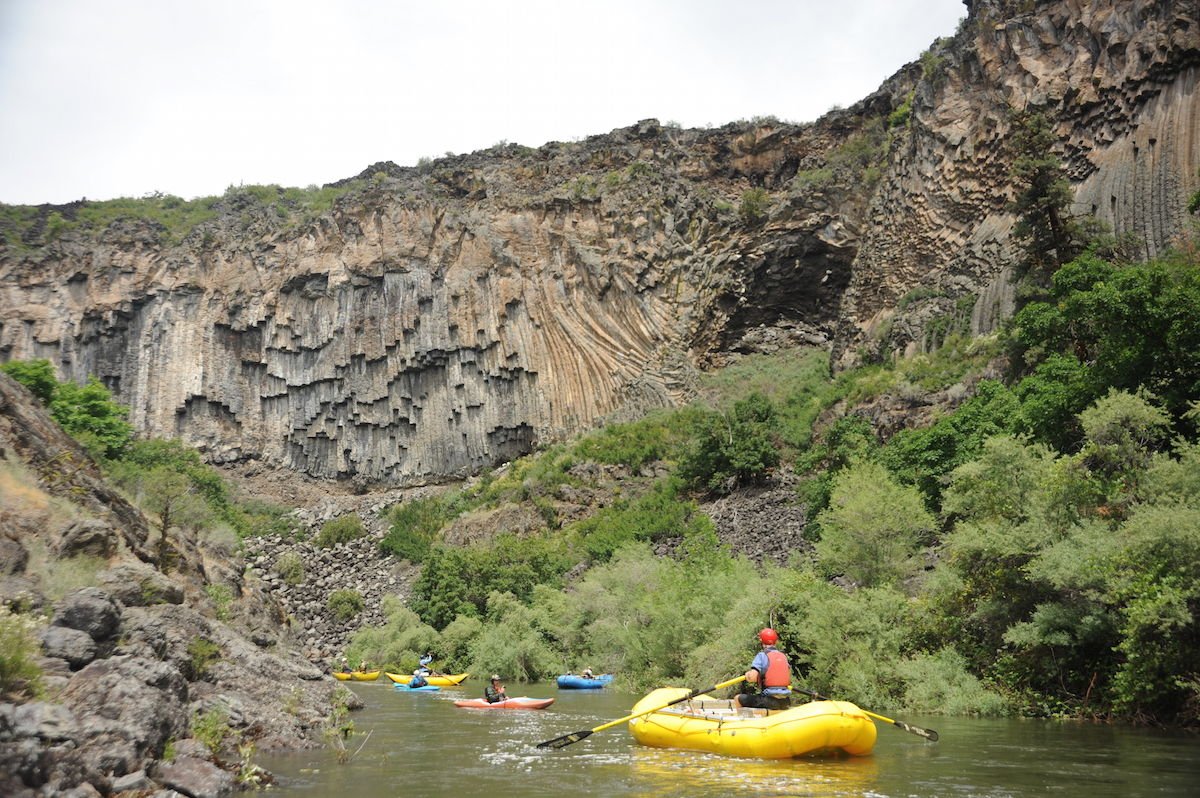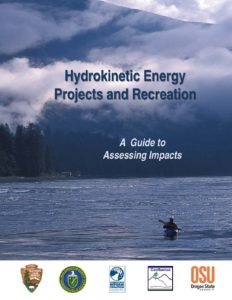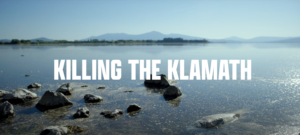States, Tribes, and Dam Owner Announce Agreement for Klamath River Dam Removal
By: Thomas O’Keefe
Governor Newsom, Oregon Governor Brown, Tribal Leaders and Klamath Dam Owner Announce Agreement to Advance Historic Salmon Restoration Plan
Last month, California Governor Gavin Newsom joined with Oregon Governor Kate Brown, leaders of the Yurok and Karuk Tribes, and Berkshire Hathaway-owned PacifiCorp in announcing an agreement to provide additional resources and support to advance the most ambitious salmon restoration effort in history. The project, when completed, will address declines in fish populations, improve river health, and renew Tribal communities and cultures.
The Memorandum of Agreement signed by the states of California and Oregon, the Yurok Tribe, the Karuk Tribe, PacifiCorp, and the Klamath River Renewal Corporation (KRRC) describes how the parties will implement the amended Klamath Hydroelectric Settlement Agreement (KHSA) as negotiated and signed in 2016. The KHSA sets the terms for the removal of four Klamath River dams.
With the Memorandum of Agreement, the parties:
• Jointly ask the Federal Energy Regulatory Commission (FERC) to remove PacifiCorp from the license for the project and add California, Oregon and KRRC as co-licensees for carrying out dam removal. Adding the states as co-licensees provides assurances that the project will have sufficient financial backing while honoring settlement terms that stipulate PacifiCorp would not be a co-licensee for removal.
• Demonstrate their firm commitment to dam removal.
• Agree to nearly double available contingency funds held by KRRC and contractors and, in the unlikely event that additional funds are needed beyond that, Oregon, California and PacifiCorp will share the costs equally to address FERC’s requirement to ensure full funding for the project.
• Confirm that the KRRC will remain the dam removal entity for the project.
• Plan to navigate the final regulatory approvals necessary to allow the project to begin in 2022 with dam removal in 2023. Site remediation and restoration will continue beyond 2023.
• Retain the liability protections for PacifiCorp’s customers established in the KHSA.
• Taken together, these provisions are intended to resolve FERC’s concerns raised in a July 2020 order and ensure a successful dam removal project.
Next Steps
Implementation of the amended KHSA requires two approvals by FERC. First, FERC must approve the transfer of the license for the dams from PacifiCorp to the KRRC and the states. Second, FERC must approve the dam removal plan.
American Whitewater is pleased to see this agreement come together ensuring that Klamath River Dam removal remains on track. Once the dams are removed, the Klamath will flow freely and unimpeded for more than 200 miles through California as it winds its way from the semi-arid eastern Cascade Mountains to the temperate rainforest of Redwood National Park where it enters the Pacific Ocean. The Klamath is a unique and large river—the second longest in California—and it is well-known for its salmon runs and fishery, recreational opportunities, and its deep cultural significance for multiple Native American Tribes. The Klamath River upstream of Copco Reservoir is designated as Wild Trout Waters by the California Department of Fish and Wildlife. All of California’s portion of the Klamath downstream from the reach that is currently blocked by PacifiCorp’s dams is part of both the state and federal Wild and Scenic Rivers System.
Over the past year American Whitewater and Upper Klamath River Outfitters Association participated in a recreational flow study to document the effects of dam removal on the recreational opportunities. Existing reservoir-based recreation opportunities will be lost when the dams are removed but will be replaced by entirely new and invaluable opportunities for high quality, river-oriented recreation. Our preliminary assessment (a formal report is pending) found that while some opportunities will no longer be available (e.g. mid-summer pulse flows on Hell’s Corner associated with hydropower operations), new opportunities to explore a restored river will become available. American Whitewater will continue our work with the states, Tribal communities, Klamath River Renewal Corporation, and federal regulators to ensure the public is able to enjoy and experience this restored river. New access facilities need to be planned and built at specific, strategic locations. Other existing access facilities will need to be modified and improved or replaced with facilities better designed for increased use and the changes in river flow patterns after the Klamath is unshackled from its dams.
This post first appeared on American Whitewater.


